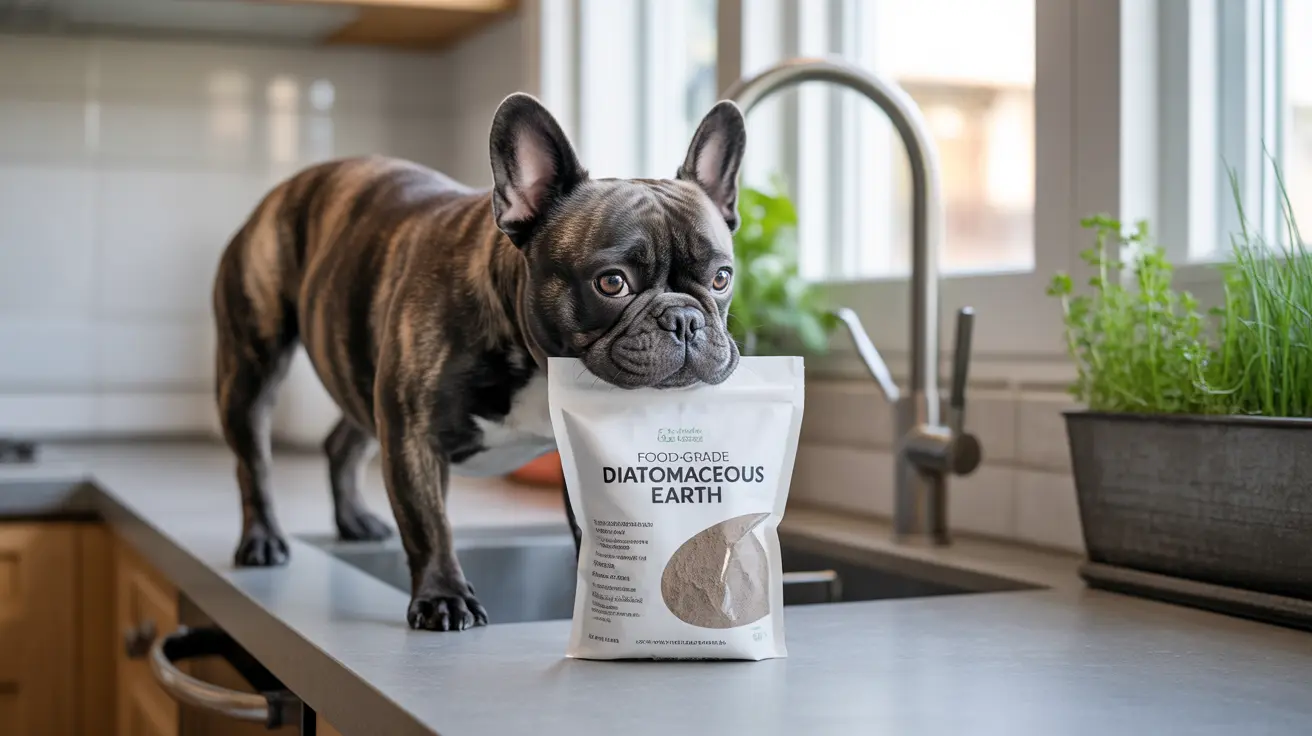Understanding the Risks of Traditional Roach Control Methods
Conventional roach killers typically contain harmful chemicals like organophosphates and synthetic pyrethroids that can be dangerous for pets. These substances can cause serious health issues if your pet inhales them, makes contact with treated surfaces, or accidentally ingests the products.
Even seemingly secure bait stations can pose risks if pets manage to access and chew on them, potentially leading to gastrointestinal problems or other health complications.
Safe and Effective Natural Solutions
Diatomaceous Earth: A Pet-Friendly Alternative
Food-grade diatomaceous earth (DE) offers a natural and safe solution for roach control. This naturally occurring substance works by dehydrating insects through mechanical action rather than chemical toxicity, making it safe for use around mammals when properly applied.
Apply DE in cracks, crevices, and behind appliances where roaches frequent, but ensure it's not easily accessible to pets who might inhale the dust.
Essential Oil-Based Treatments
Natural sprays containing essential oils like peppermint, lemongrass, and cedarwood can effectively repel roaches while maintaining pet safety. These botanical solutions offer a pleasant alternative to harsh chemicals, though it's important to verify that the specific oils used are safe for your type of pet.
Professional Pet-Safe Options
Gel Baits and Growth Regulators
Modern gel baits containing ingredients like fipronil or dinotefuran present minimal risk to pets when properly placed. These should be applied in small amounts in areas inaccessible to pets, such as behind appliances or in wall voids.
Insect Growth Regulators (IGRs) offer another safe option, disrupting roach reproduction cycles without posing significant risks to mammals.
Prevention and Maintenance Strategies
The most pet-friendly approach to roach control starts with prevention. Maintain a clean environment by:
- Storing pet food in airtight containers
- Cleaning up food and water spills promptly
- Sealing potential entry points around pipes and utilities
- Reducing clutter that could serve as roach hiding spots
- Regular vacuuming and cleaning of pet feeding areas
Frequently Asked Questions
What are the safest roach killer options to use in a home with pets?
The safest options include food-grade diatomaceous earth, properly placed gel baits, and natural essential oil sprays. These solutions offer effective roach control while minimizing risks to pets when used as directed.
How can I apply gel baits and diatomaceous earth to control roaches without harming my pets?
Apply these products in cracks, crevices, and behind appliances where pets cannot access them. Use small amounts of gel bait and ensure DE is not loose where pets might inhale it.
Are natural sprays with essential oils like peppermint or cedarwood effective and safe for pets?
Yes, when properly formulated and used as directed, essential oil-based sprays can effectively repel roaches while maintaining pet safety. However, always verify specific oil safety for your pet type and monitor for any sensitivities.
What precautions should I take when using boric acid or borax around pets for roach control?
While considered low-toxicity, these products should only be used in areas completely inaccessible to pets. Apply in enclosed spaces and monitor pets for any accidental exposure or ingestion.
How can I prevent roach infestations in a pet-friendly way through cleaning and sealing entry points?
Focus on maintaining a clean environment, especially around pet feeding areas. Seal all potential entry points with pet-safe materials, store food properly, and address moisture issues promptly to prevent roach problems naturally.
Conclusion
Maintaining a roach-free home while protecting your pets' health is achievable through a combination of natural solutions, careful product selection, and preventive measures. By following these guidelines and choosing pet-safe options, you can effectively control roach problems without putting your furry family members at risk.






